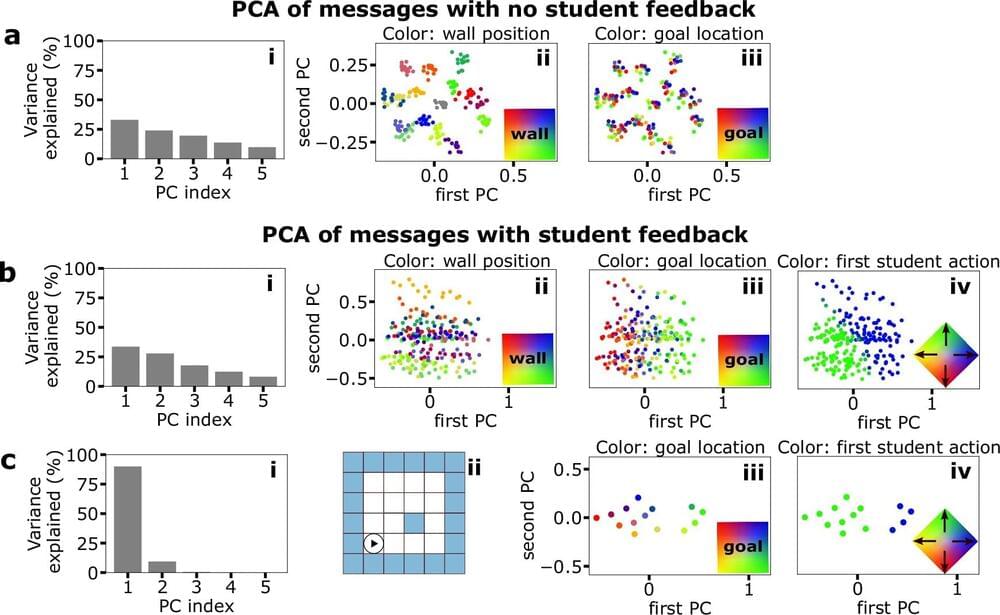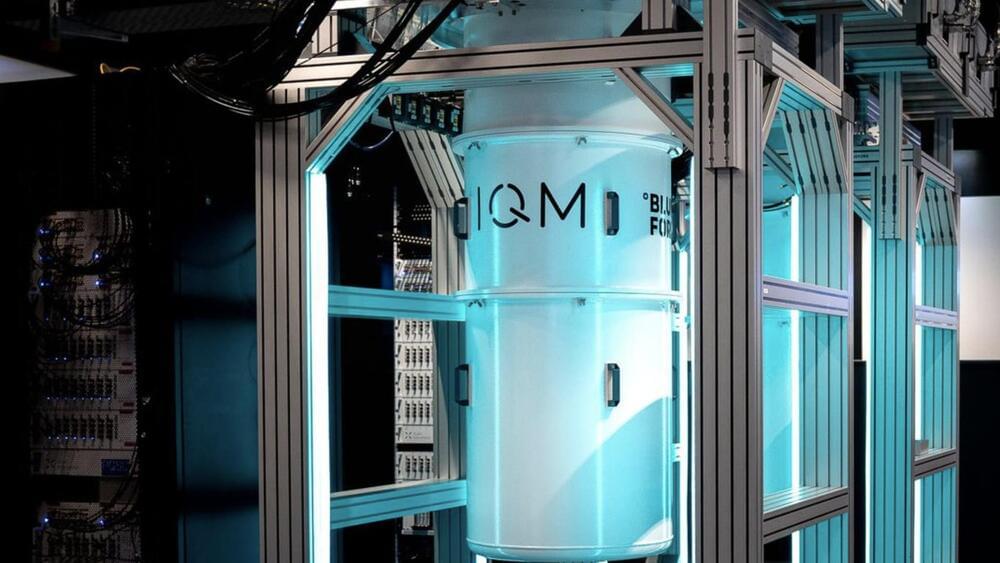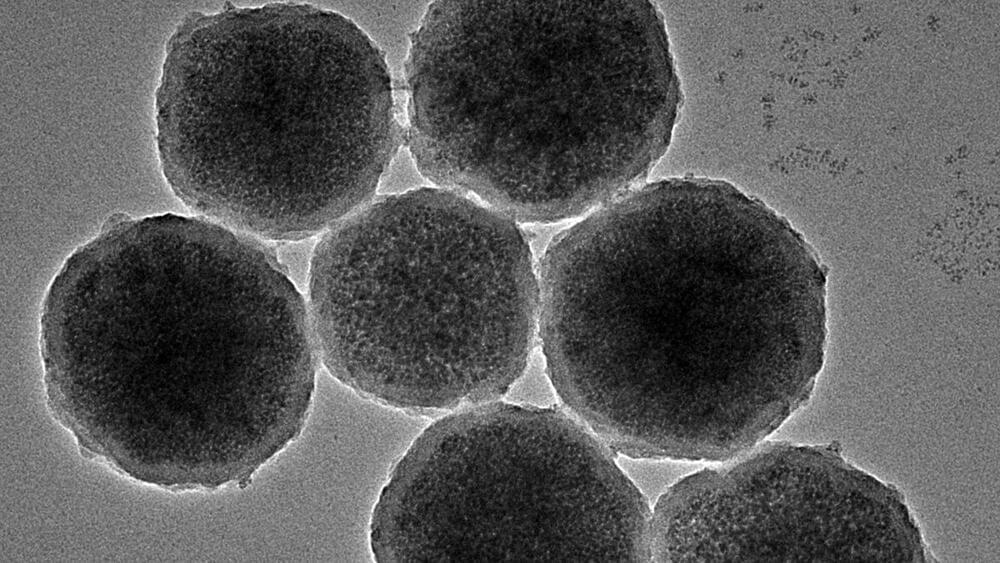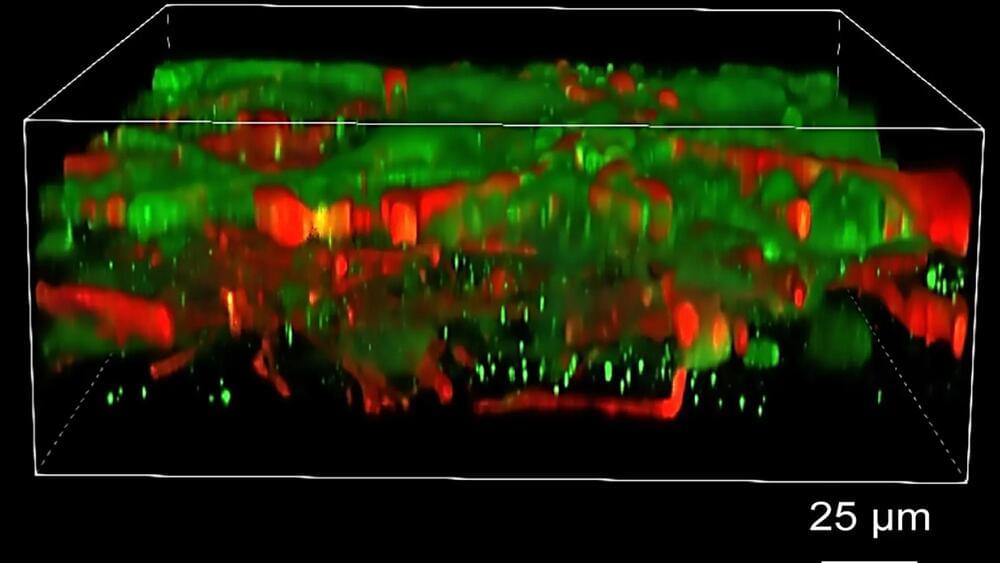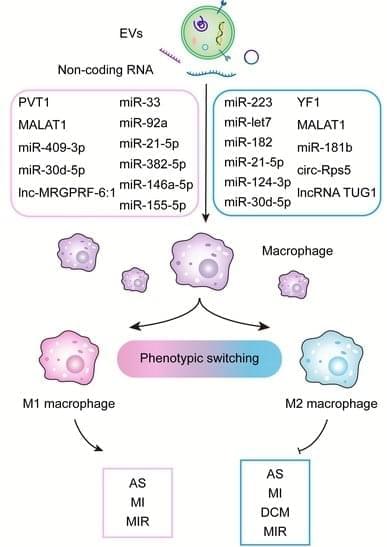A collaborative study by the University of Cologne revealed that magnetic excitations in BaCO2V2O8 crystals involve unusual repulsively bound states, a significant discovery made by irradiating the crystals with terahertz waves.
A team of solid-state physicists from the University of Cologne, along with international collaborators, studied BaCO2V2O8 crystals in a laboratory in Cologne. Their research revealed that the magnetic elementary excitations in the crystals are influenced by both attractive and repulsive interactions.
However, this results in a lower stability, making the observation of such repulsively bound states all the more surprising. The results of the study were recently published in Nature.


